Machyomara (마쵸마라)
1.5Km 2021-03-22
5, Jong-ro, 8-gil, Jongno-gu, Seoul
+82-2-737-8886
A place selling maratang (mala soup), which is popular among Koreans who like spicy food. The best menu at this restaurant is mala soup. This Chinese (cuisine) restaurant is located in Jongno-gu, Seoul.
Cérémonie au Beffroi Bosingak (보신각타종행사)
1.5Km 2020-09-10
54, Jong-ro, Jongno-gu, Seoul
Bureau de gestion du Beffroi Bosingak : +82-2-2133-2641
La mairie de Séoul a organisé cette cérémonie qui fait sonner la cloche du Beffroi Bosingak depuis le 21 novembre 2006 pour les citoyens de Séoul et les touristes étrangers. Il a lieu tous les jours à midi, hormis lundi.
Dakgopsae (닭곱새)
1.5Km 2021-03-19
7, Jong-ro 5gil, Jongno-gu, Seoul
+82-2-6226-8220
This Korean cuisine is located near Jonggak Station, Seoul. The representative menu is chicken, beef small intestine and shrimp hot pot. A restaurant where chicken, intestine, and shrimp are fried and served with spicy sauce.
Pavillon de Bosingak (보신각)
1.5Km 2020-11-03
54, Jong-ro, Jongno-gu, Seoul-si
+82-2-2133-2641
Second trésor national de Séoul, situé à Jongno, le pavillon de Bosingak était utilisé durant la dynastie Joseon pour annoncer l’heure. Il y avait quatre portes à Séoul qui permettaient aux gens d'entrer et de sortir. A 4 h du matin, la cloche sonnait 33 coups et les portes s’ouvraient. A 19h, la cloche sonnait 28 coups et les portes se fermaient. La cloche servait aussi de sirène.
La cloche se situait dans le temps Wongaksa en 1468 avant d'être déplacée en 1618 dans sa position actuelle. Dans un but de conservation, la cloche originelle se trouve désormais au musée national de Corée. La cloche de substitution dans le pavillon a été réalisée en 1985.
Lors du réveillon de la Nouvelle Année, la cloche sonne 33 coups alors que des milliers de gens affluent dans la rue Jongno pour assister à cet évènement.
Les touristes peuvent également assister à une reconstitution de la cérémonie de la cloche (sauf les lundis) à partir de 11h20.
RADOST (라도스트)
1.5Km 2021-03-22
17, Ujeongguk-ro, 2-gil, Jongno-gu, Seoul
+82-2-734-8945
A restaurant frequented by office workers in Jongno after work. The best menu at this restaurant is deep-fried and braised boneless chicken. This Korean dishes restaurant is located in Jongno-gu, Seoul.
Haniljang (한일장)
1.5Km 2021-03-19
94, Supyo-ro, Jongno-gu, Seoul
+82-2-2265-7707
A bulgogi specialty restaurant located in Jongno, Seoul. The most famous menu is Korean beef bulgogi set menu. Experience bulgogi, a Korean traditional dish.
Mijin (미진)
1.5Km 2020-01-30
19, Jongno, Jongno-gu, Seoul
+82-2-732-1954
Mijin is a restaurant specializing in spicy hot baby octopus and cool buckwheat dishes. Opened
in 1954, the restaurant's 50-year history is a testament to the great taste
of its dishes and the charm of the restaurant.
The main ingredient, buckwheat, is delivered daily from Bongpyeong, the largest
buckwheat producing region in Korea. Baby octopus is also delivered every morning from ports in Yeosu. Families and workers of surrounding companies are major customers of the restaurant, but celebrities and politicians also
come to the restaurant to taste its food. Memilmuk (Buckwheat Jelly) and pancakes
made with buckwheat and green onion are also delicacies of the restaurant.
Bubu Sikdang (부부식당)
1.5Km 2021-03-26
43, Dongsung-gil, Jongno-gu, Seoul
+82-2-765-6056
You can enjoy fusion dishes in a cozy atmosphere. This Korean dishes restaurant is located in Jongno-gu, Seoul. The representative menu is royal stir-fried rice cake.
Tosokchon Samgyetang (토속촌삼계탕)
1.5Km 2021-03-24
5, Jahamun-ro 5-gil, Jongno-gu, Seoul
+82-2-737-7444
Located near Gyeongbokgung Station, the restaurant was also frequented by late President Roh Moo-hyun. It produces their ingredients like Tojongdak (Korean chicken), 4-years ginseng, chest nut, jujube, garlics, ginger, adlay, perilla seeds, pumpkin seeds, sunflower seed, nuts, pine nut, black sesame, and etc.
Even though one has to wait to enter during lunch time, do not worry about long wait as the restaurant is spacious. Besides Samgyetang (ginseng chicken soup), it serves Ogol-samgyetang, otdak, pajeon (green onion pancake), Rotisserie chicken, and other menus.
Porte Hyehwamun (Honghwamun) (창경궁 홍화문)
1.5Km 2020-12-08
185, Changgyeonggung-ro, Jongno-gu, Seoul-si
+82-2-2148-1466
Située au nord-est de Hanyang (l’ancien nom de Séoul), la Porte Hyehwamun fut l’une des quatre petites portes des murs de la forteresse de la ville. Lorsqu’elle fut construite en 1396 (la 5ème année du regne du Roi Taejo), pendant l’établissement de la ville, elle avait pour nom Honghwamun. Malheureusement, son nom était par hasard le même que celui de la porte de l’est du Palais de Changgyeonggung, construite en 1483 (durant la 4ème année du règne du Roi Seongjon). Afin donc d’éviter toute confusion, elle prit par la suite, en 1511 (durant la 6ème année du règne du Roi Jungjong), le nom de Hyehwamun. La porte est aussi connue sous le nom de Porte Dongsomun (Petite Porte de l’Est).
La Porte Hyehwamun fut un point de passage important pour les personnes avançant vers le nord du pays puisque celle du nord, la Porte Sukjeongmun, fut souvent fermée. La Porte Hyehwamun fut détruite lors de la construction d’une ligne de trawmay entre Hyehwa-dong et Donam-dong, pendant la période d’occupation japonaise. Elle fut néanmoins restorée en 1992 et placée sur une côte près de la route.
Vous pourrez trouver la porte via le tunnel Sajik, le mont Inwang, le mont Bukak, le Palais Changdeokgung, et l’Université Sungkyunkwan. Elle entrecoupe la route allant vers Uijeongbu. A l’intérieur de Hyewha-dong, se trouve la rue animée Hyewha-dong University Street et vous pourrez apercevoir le mont Bukak ainsi que le Pavillon Bukak à l’ouest de la porte.
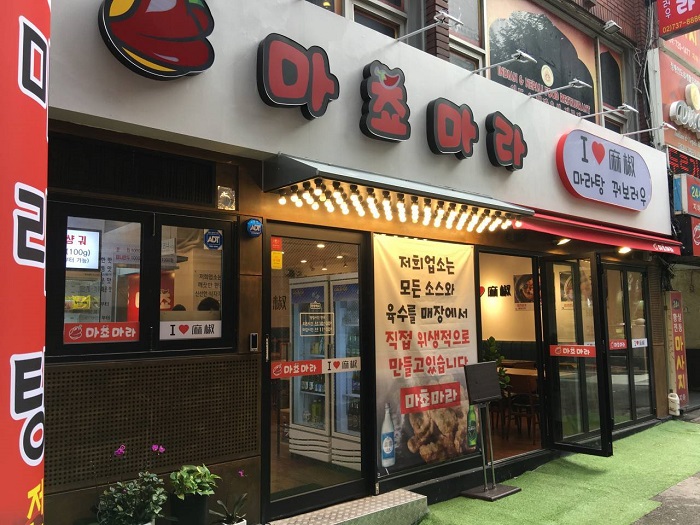
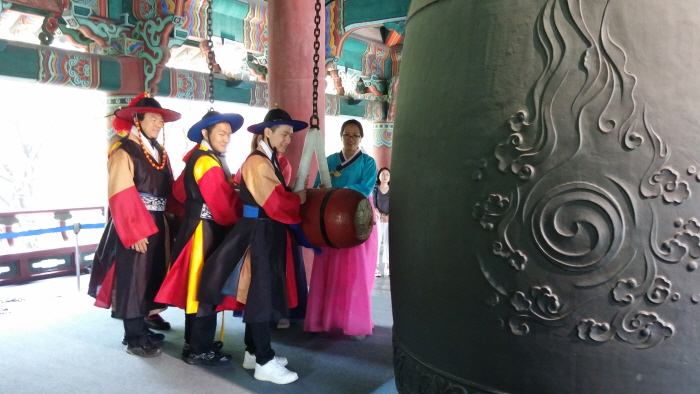
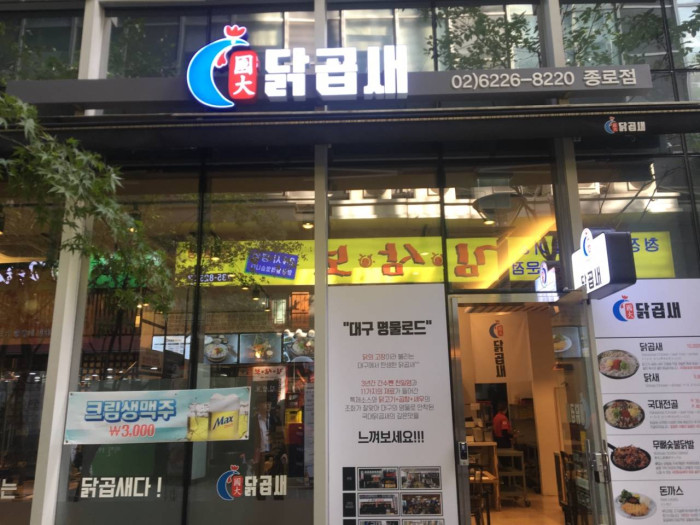
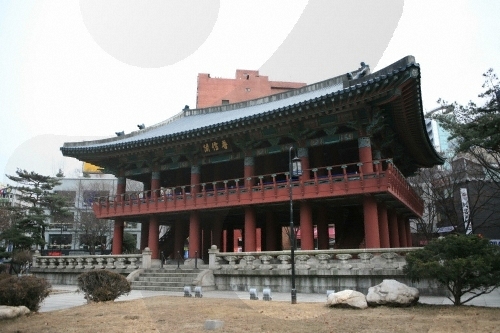
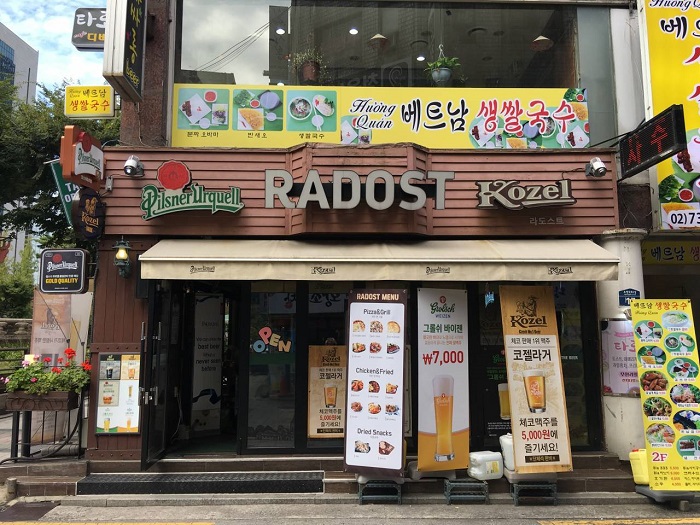
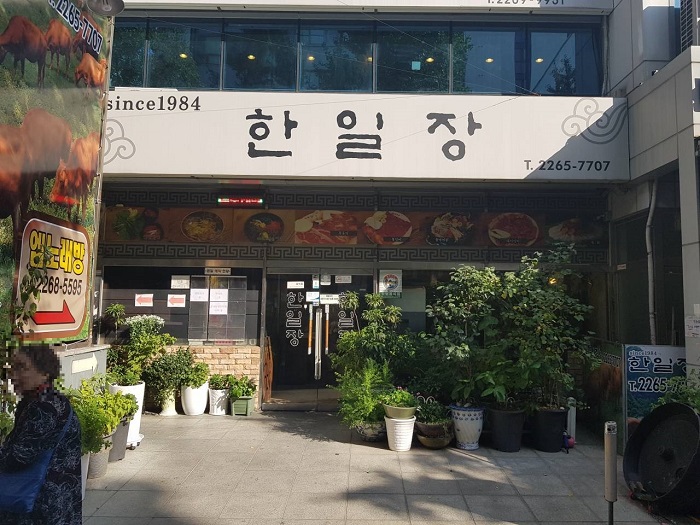
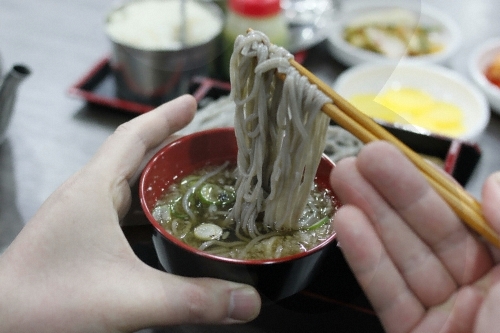
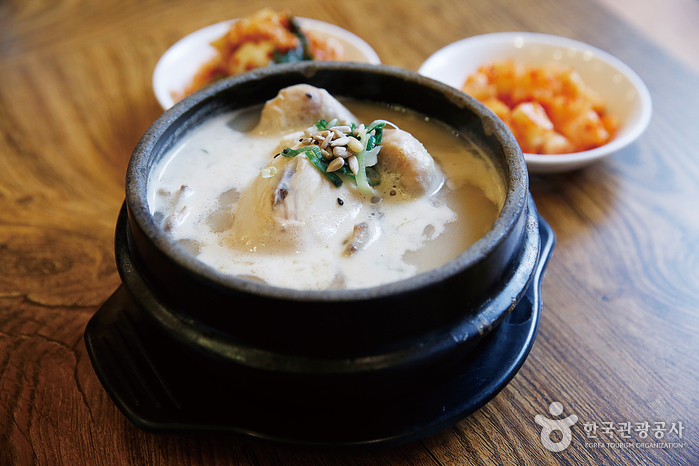

 Français
Français
 한국어
한국어 English
English 日本語
日本語 中文(简体)
中文(简体) Deutsch
Deutsch Español
Español Русский
Русский